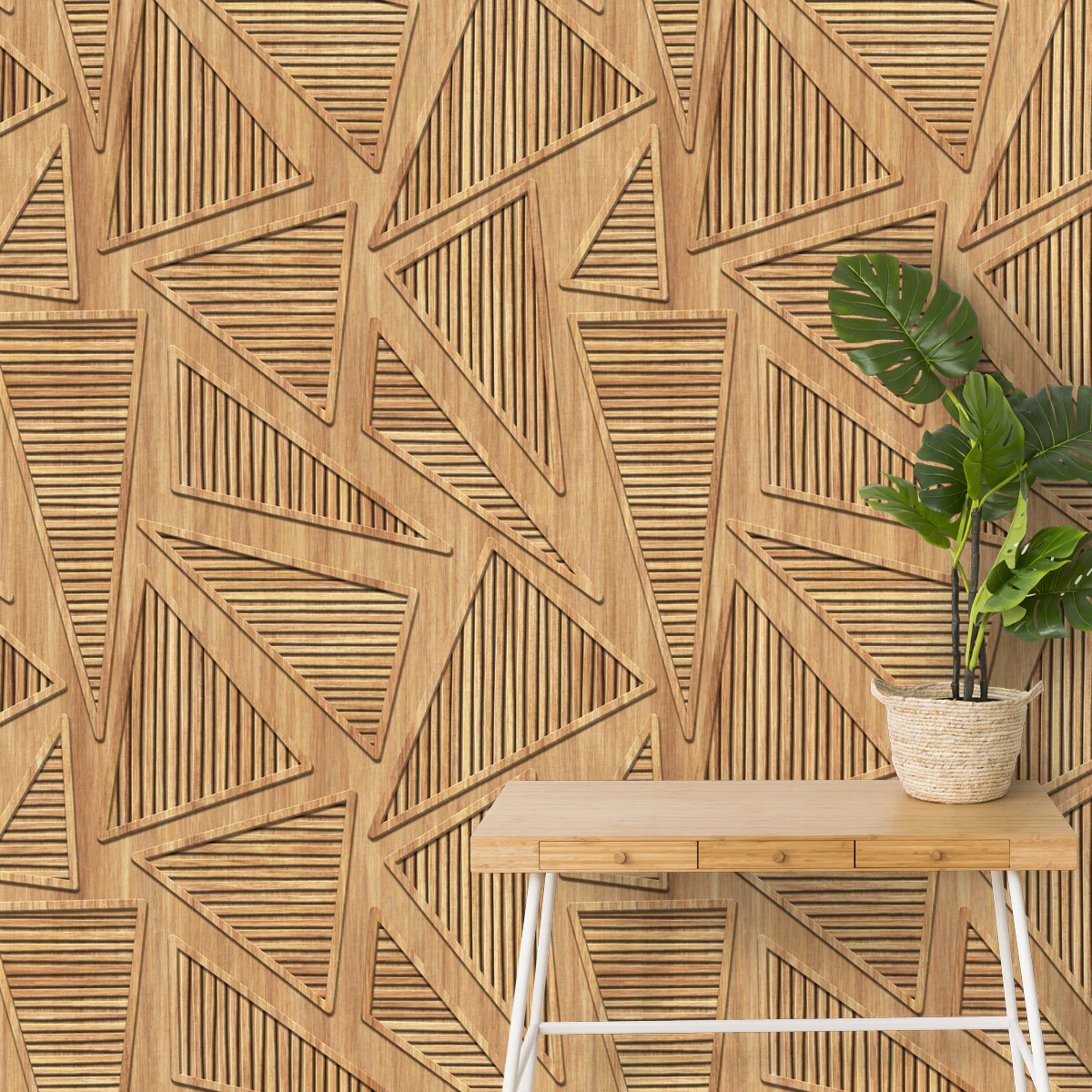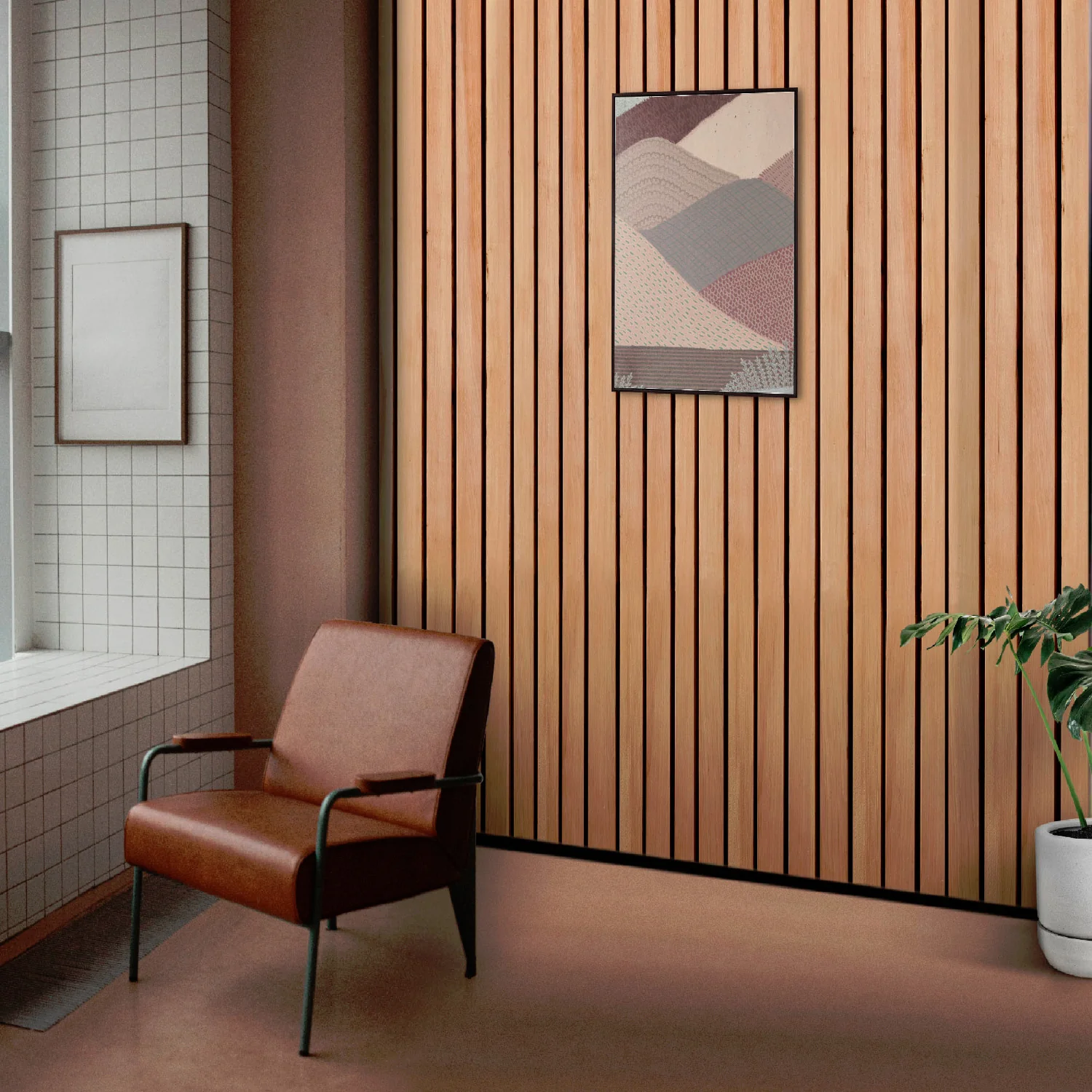Wooden Panels

For centuries, the wooden sideboard has stood as a symbol of ornate craftsmanship and enduring style. With its roots deeply entrenched in the annals of furniture history, the sideboard has evolved into a versatile and cherished piece that transcends traditional boundaries. This exploration delves into the legacy, design intricacies, and enduring charm of wooden sideboards, showcasing their prominence in dining rooms, bedrooms, and beyond. Wooden sideboards, with their rich history, carry the weight of centuries on their ornamental shoulders. Originating as functional pieces in dining rooms, these furniture gems have seamlessly woven themselves into the fabric of diverse cultures. From holding tableware and linens to gracing bedrooms as bedside companions, sideboards have become synonymous with both utility and opulence. The dining room serves as the traditional domain of the wooden sideboard, where its stately presence adds a touch of grandeur. Adorned with drawers and shelves, the sideboard becomes a haven for storing and displaying cherished tableware. Its role extends beyond mere functionality, elevating the dining experience by becoming a focal point of aesthetic delight. Venturing beyond the dining room, wooden sideboards find themselves seamlessly integrated into bedroom spaces. Placed by the side of a bed, these pieces of functional art offer a blend of utility and elegance. From housing essentials to serving as decorative elements, sideboards in bedrooms embody both form and function. At the heart of the allure of wooden sideboards lies the exceptional craftsmanship that goes into their creation. Each piece is meticulously crafted, utilizing the advanced skills of seasoned artisans and designers.


